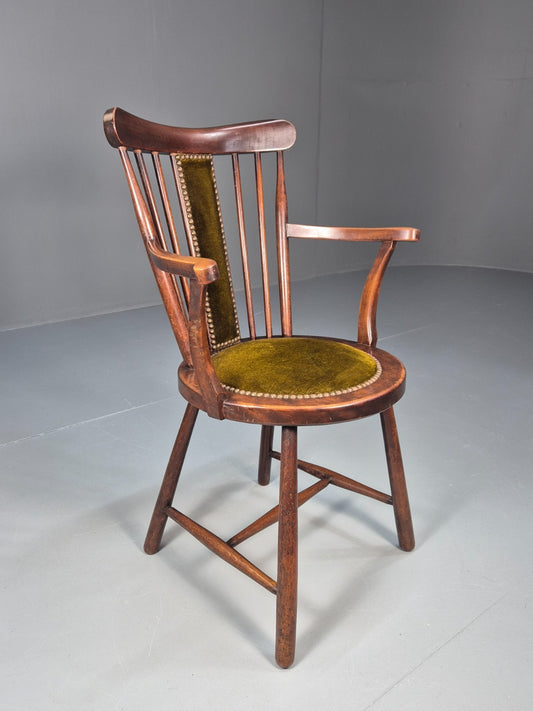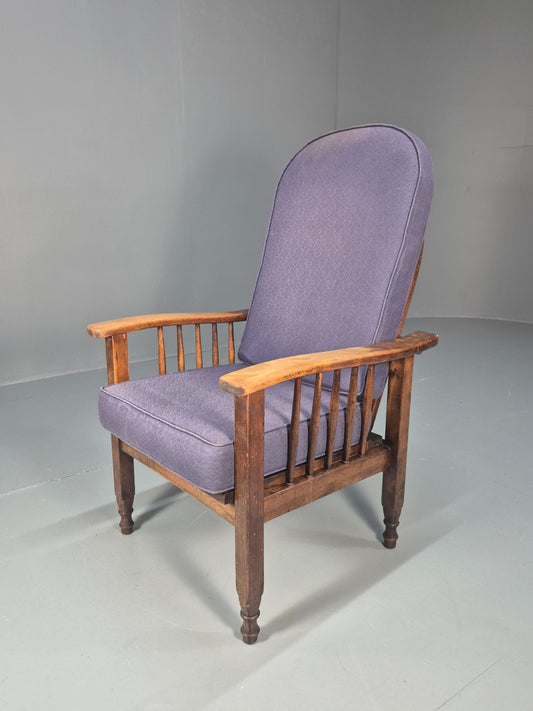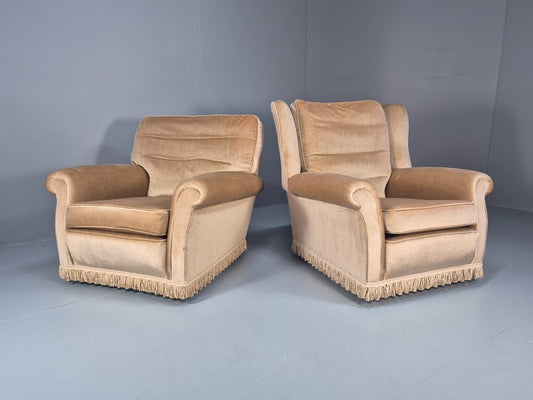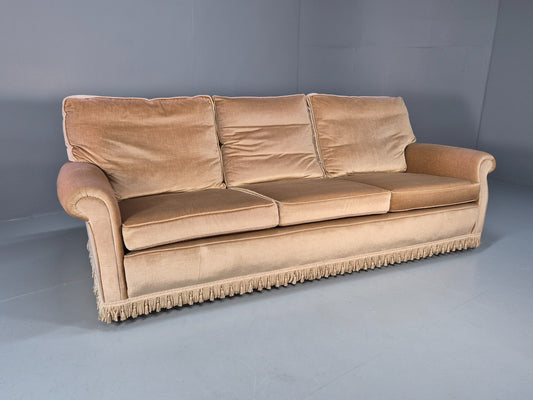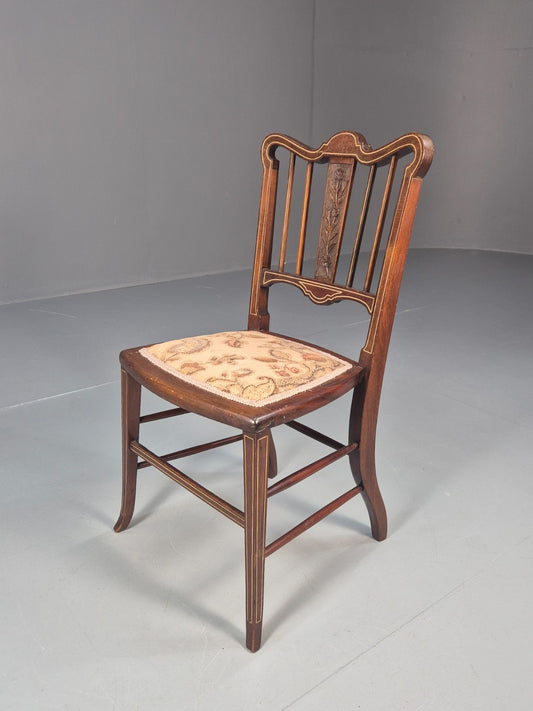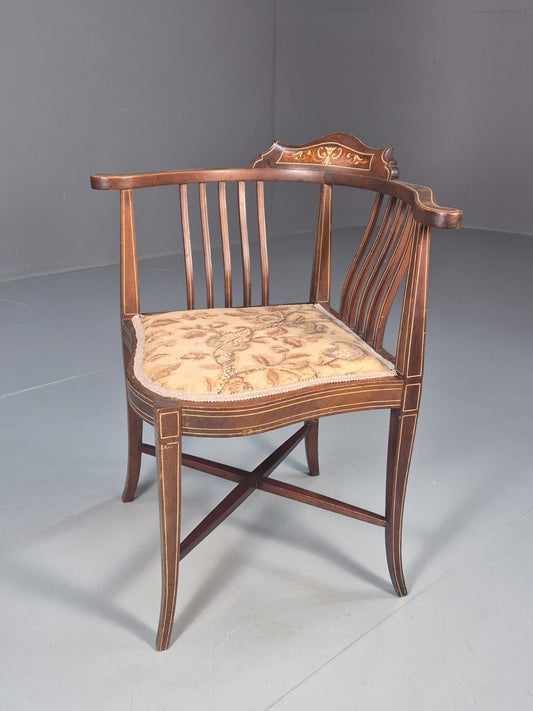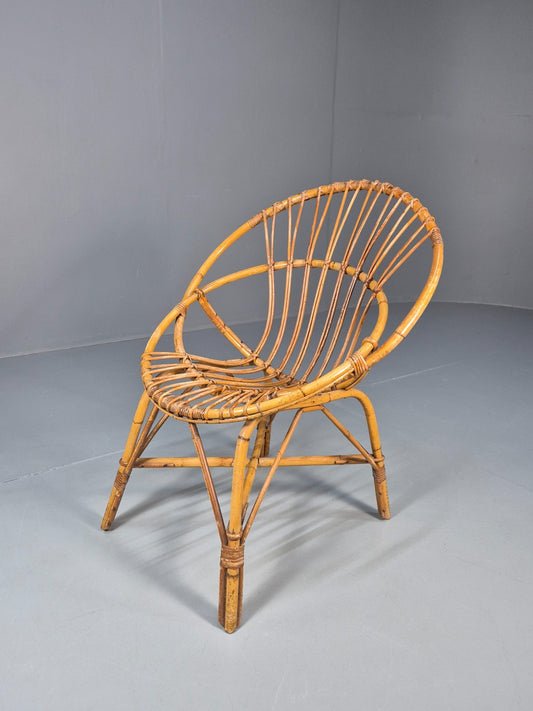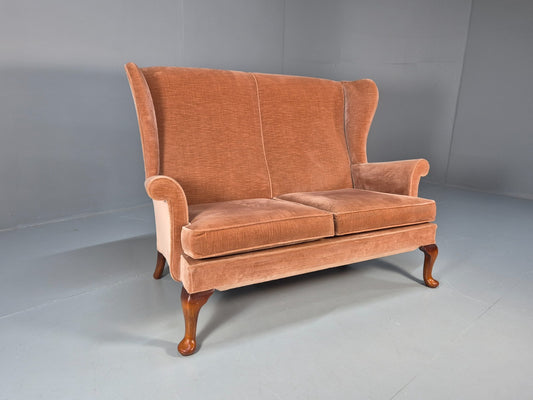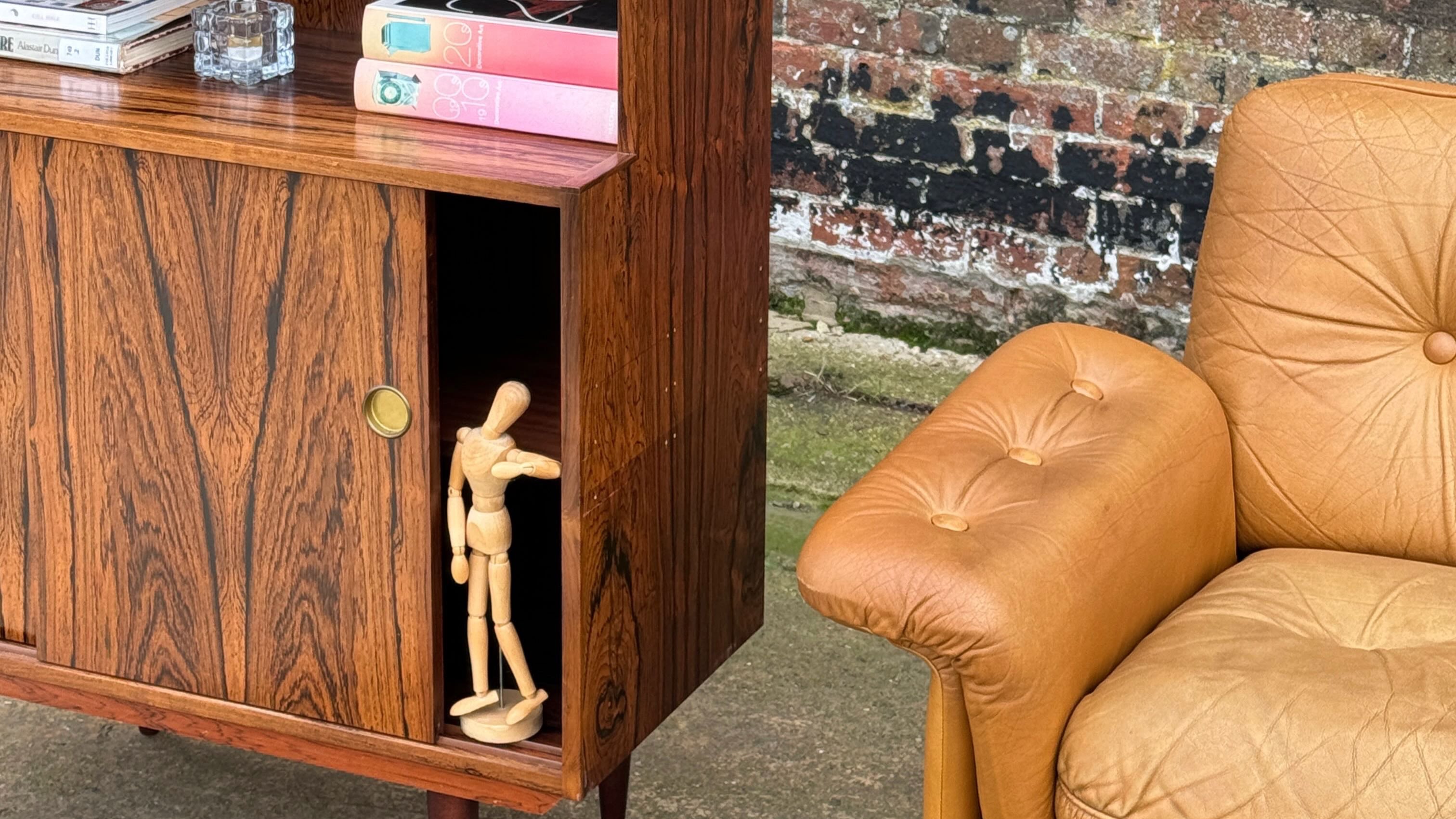
Creating Space in 20th Century Design: The Role of Height and Openness
If you’ve ever stepped into a vintage-inspired room and wondered why it feels so open, even with furniture in every corner — it’s not magic. It’s design.
One of the biggest shifts in 20th-century interiors, especially during the rise of mid-century modern furniture, was the clever use of height and open space. Designers moved away from heavy, bulky pieces and instead began creating furniture that felt lighter — both visually and physically.
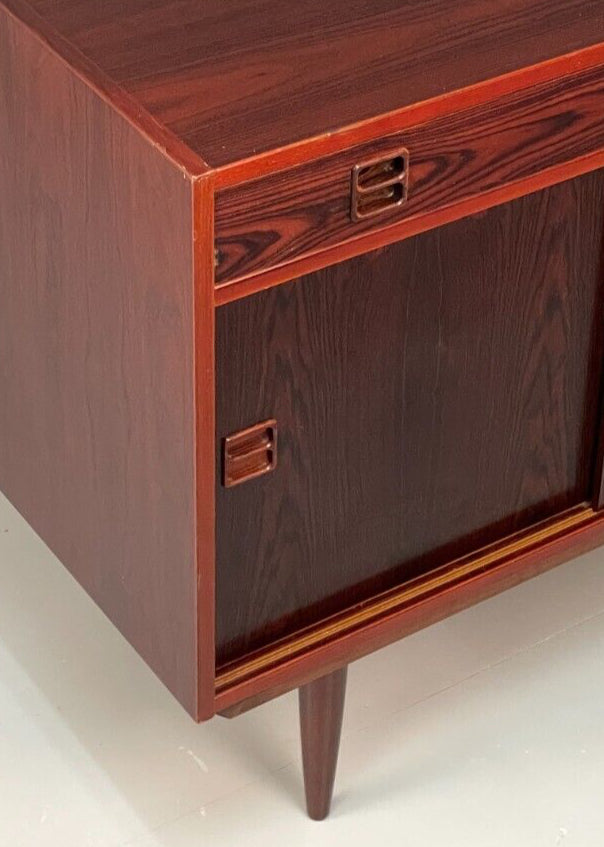
Danish Mid-Century Small Storage Unit
Item InformationYou’ll notice it in elevated furniture: raised legs on vintage sofas, armchairs and sideboards allowed light to flow under and around pieces, giving rooms a more open feel. It’s a classic trick that’s just as relevant today, particularly in smaller spaces or homes with limited natural light.

Danish Mid-Century Small Storage Unit
Item InformationAnother game-changer? Simplicity. Unlike Victorian interiors that leaned into layers and clutter, 20th-century designers preferred clean lines, functional forms and materials like teak, oak and brushed metal. Whether it’s a Danish sideboard, a retro armchair or a minimalist shelving unit, the design encourages openness without sacrificing style.
These vintage principles continue to influence how we decorate our homes today. And that’s the beauty of mid-century design — it’s not just stylish, it’s smart. Ideal for homes big or small, with pieces that do more with less.
Fall in love with secondhand - Shop our Mid-Century Modern collection here.
Check out more Vintage products below...
-
Antique Edwardian Penny Seated Elbow Chair Green Velour EB10612 VWOO
Regular price £120.00 GBPRegular priceUnit price / per£0.00 GBPSale price £120.00 GBP -
Antique Oak Wheel Back Folding Chair Purple upholstery 1900s EB10629 VCAR
Regular price £200.00 GBPRegular priceUnit price / per£0.00 GBPSale price £200.00 GBP -
1970s Luxury Lounge Chairs Lowback and Wingback Gold Velour Retro EB10631 VCLO
Regular price £350.00 GBPRegular priceUnit price / per£0.00 GBPSale price £350.00 GBP -
1970s Gold Velour Luxury Three Seater Settee tassels Retro EB10632 V3SS
Regular price £350.00 GBPRegular priceUnit price / per£0.00 GBPSale price £350.00 GBP -
Antique Single Mahogany Chair ivorine inlay Edwardian Trevor Page EB10641 VDIN
Regular price £60.00 GBPRegular priceUnit price / per£0.00 GBPSale price £60.00 GBP -
Edwardian Inlaid Corner Chair Mahogany Boxwood and Ivorine Antique EB10642 VDIN
Regular price £175.00 GBPRegular priceUnit price / per£0.00 GBPSale price £175.00 GBP -
1950s Cane Work Circle Chair Original Condition Retro EB10643 VBER
Regular price £175.00 GBPRegular priceUnit price / per£0.00 GBPSale price £175.00 GBP -
Parker Knoll Wingback Two Seater Settee Peach Velour 1960s Retro EB10654 V2SS
Regular price £350.00 GBPRegular priceUnit price / per£0.00 GBPSale price £350.00 GBP

